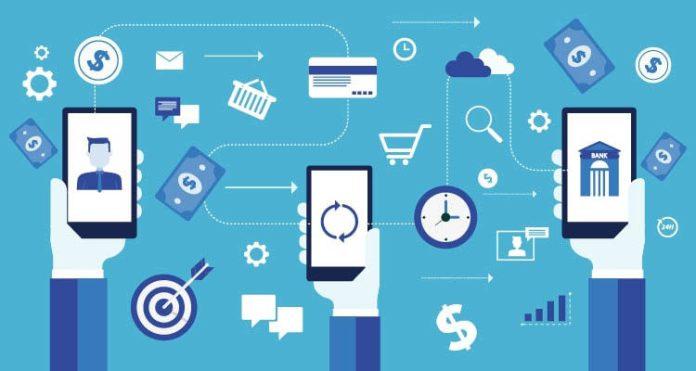Digital connectivity and smartphone popularization have completely revamped payments in India. Today, internet penetration is not just limited to urban pockets but has spread far and wide to obscure towns and villages. Digital payment platforms and cheap data packs have heralded a new chapter for the Indian economy wherein online payments are fast replacing cash transactions. Governmental initiatives like Demonetization and Digital India have played an equally important role in fuelling this transition.
Popular Digital Payment Methods in India
Consumers who avoid carrying cash have a wide range of digital payment platforms and modes available today. From large retail businesses to SMEs and roadside vendors, the flexibility of accepting online payments has risen multifold. Businesses of all sizes realize reluctance to accept these digital payment methods will result in loss of business.
Here’s a glance at the most popular digital payment methods:
· UPI (United Payments Interface) Payments – This is the most seamless online payment solution that allows instant smartphone-enabled transactions from the customer’s account to the merchant’s account without leaking confidential details.
· Mobile Wallets – Mobile Wallets are a simple and fluid interface application holding the user’s money and enabling swift transactions.
· USSD Payments – This payment method doesn’t require internet connectivity. Short for Unstructured Supplementary Service Data, it works when the user calls a designated code from their registered mobile number.
· Internet Banking – For e-commerce transactions, internet banking is one of the most popular payment modes.
· Credit and Debit Cards – Cards represent the quintessential digital payment mode. Despite the advent of new-age platforms, their popularity remains unaffected.
Also Read: Payment Gateway Security Protocols You Should Consider
Benefits of Digital Payments for the Indian Economy and Society
The Indian economy is making huge gains from the ongoing digital payments revolution. The key socio-economic advantages are as follows:
1. Digital payments ensure that the beneficiaries of governmental aid/schemes directly receive the money in their accounts. With cash disbursement, there is always a risk of some money being extorted by intermediaries.
2. Online payments boost transparency and accountability. It acts as a deterrent to black money and prevents fraudulent transactions.
3. Cashless payments promote financial inclusivity in society and empower the marginalized to prosper.
4. With simplified digital payments, a larger society gains access to fintech services such as loans, insurance savings, and investments.
Advantages of Digital Payments for Customers and Merchants
From the customer’s point of view, online payments are quick and hassle-free. Furthermore, they eliminate physical contact, which has been a priority since the Covid-19 pandemic. Merchants who accept online payments are bound to receive greater business than those who only accept cash. It eliminates paperwork for the business and ensures easy tracking of every transaction, reducing the need for tedious bookkeeping.
Conclusion
The Indian government’s focus on faceless, paperless, and cashless payments has struck the right chord with most sections of society. People find it far more convenient to use their smartphones to send and receive payments instantly, paving the path for technological innovation in the Financial Sector and the emergence of cutting-edge Fintech companies. Indeed, the future is bright for the digital payment landscape in India, and it is expected to gain higher popularity and credibility in the foreseeable future!
